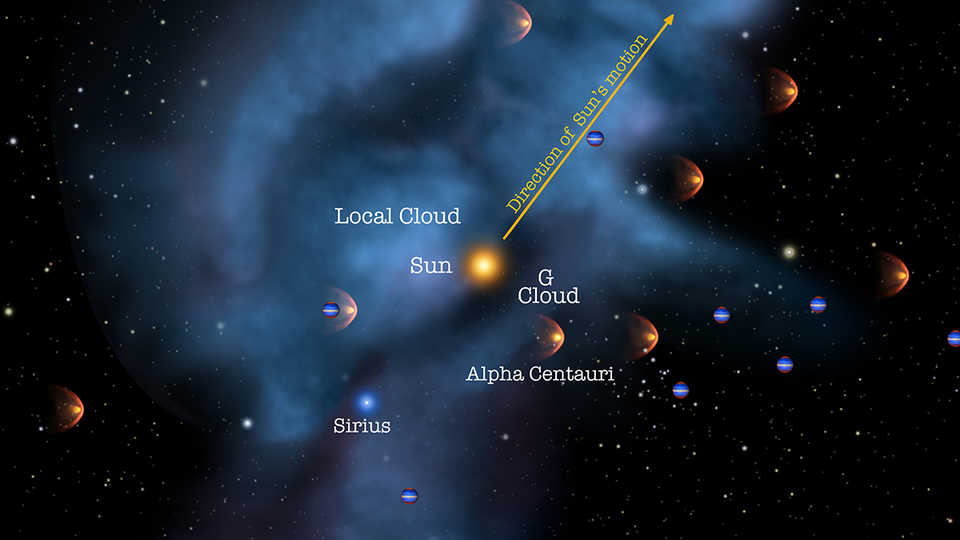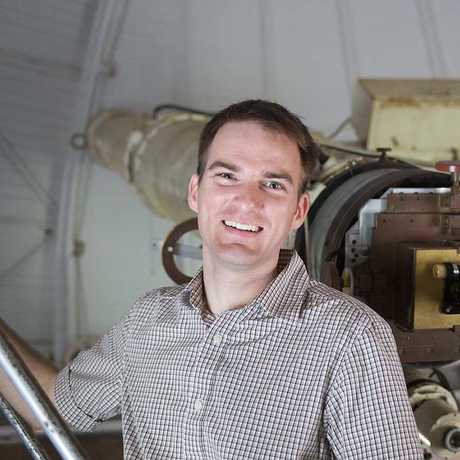Members: $12 General: $15 Seniors: $12
Seating is limited and advance reservations required. To order by phone, call (877) 227-1831.

What kind of astronomical objects reside in our Galactic neighborhood, how do we know they are there, and why is it important?
Exploring Our Galactic Neighborhood
Monday, October 15, 7:30 pm
Morrison Planetarium
It is important to know what is going on in your neighborhood, and that is also true of the immediate vicinity of our Sun in the Milky Way Galaxy. The Sun, along with our nearest stellar neighbors, is moving through giant clouds of interstellar gas and dust. Indeed, there is an interaction zone where the outward moving winds of stars push against the inward pressure of the surrounding interstellar gas. This interaction can even have important implications for the Earth and other planets. Prof. Redfield will describe what kind of astronomical objects reside in our Galactic neighborhood, how we know they are there, and why it is so important to learn all we can about the astronomical objects that share our small corner of the Galaxy.

Professor Seth Redfield studies the atmospheres of nearby exoplanets and the gas and dust floating between the nearest stars, the local interstellar medium. By using telescopes around the world and in space, he has observed nearby stars and uses the spectroscopic signatures of gas, either in the interstellar medium or in the atmosphere around an exoplanet, to measure physical properties such as composition, density, temperature, and motion. This work provides a clearer understanding of our most immediate cosmic neighborhood and the prospects for life elsewhere in the galaxy.
Professor Redfield grew up in Lincoln, Nebraska. He was an undergraduate in Boston, participating in the Double Degree Program between Tufts University, where he studied physics and astronomy, and the New England Conservatory of Music, where he studied oboe performance, music theory, and composition. Prof. Redfield obtained his PhD at the University of Colorado in Boulder, where he was recognized with the Richard N. Thomas Award. He then moved to the University of Texas in Austin, where he was a Harlan J. Smith Postdoctoral Fellow and a Hubble Fellow. Prof. Redfield joined the Wesleyan University faculty in 2008.